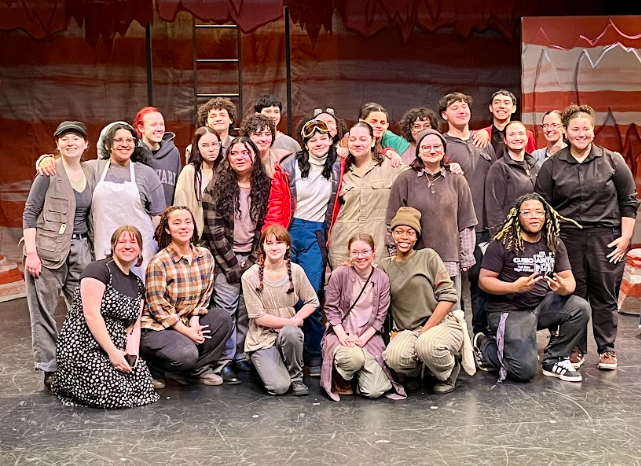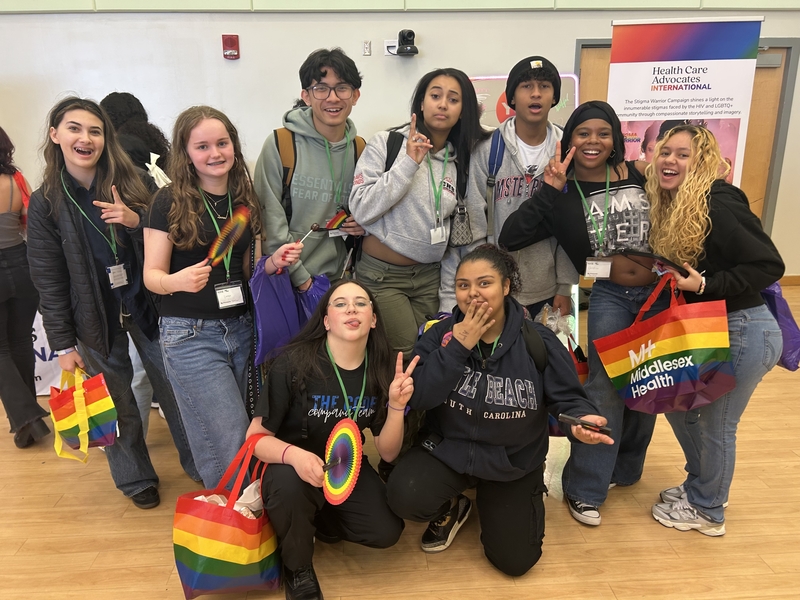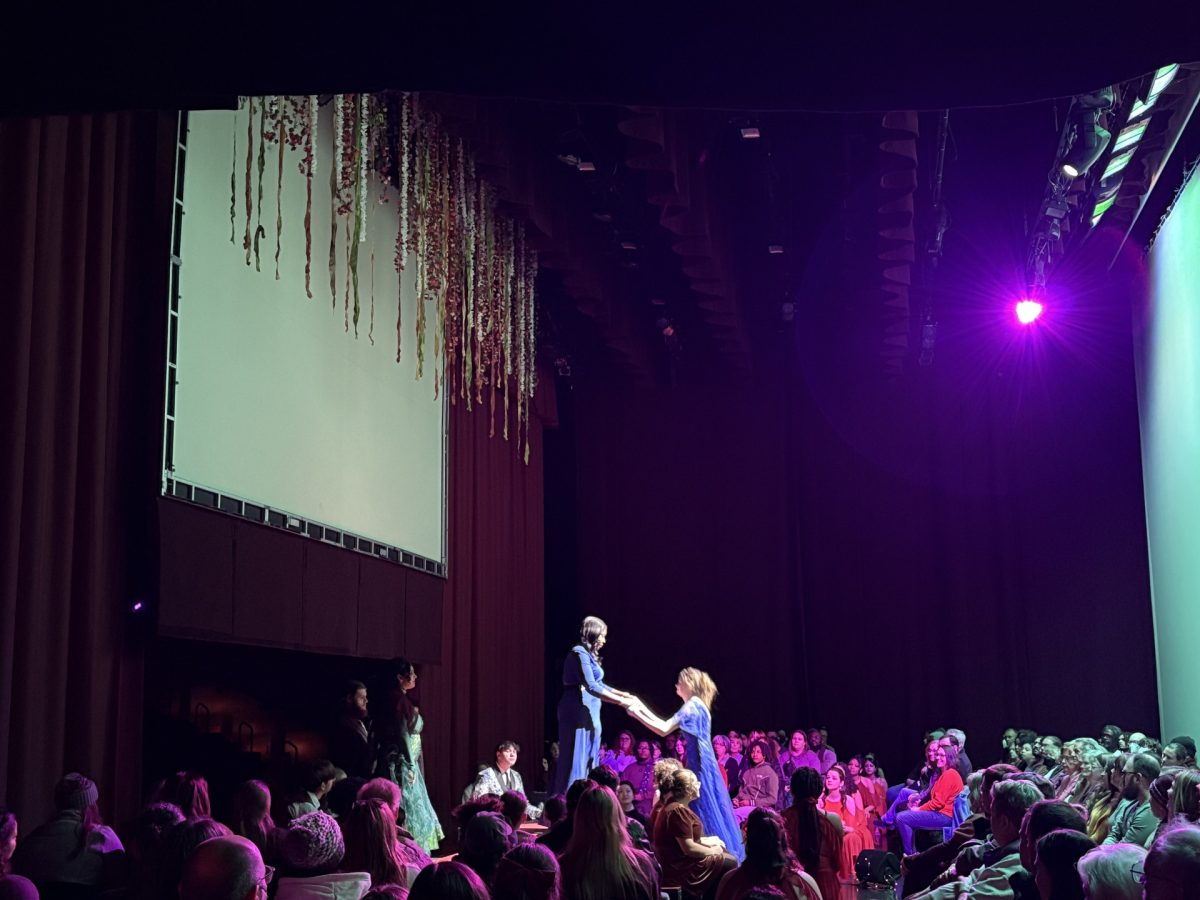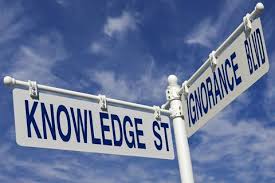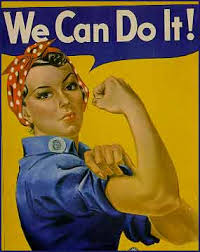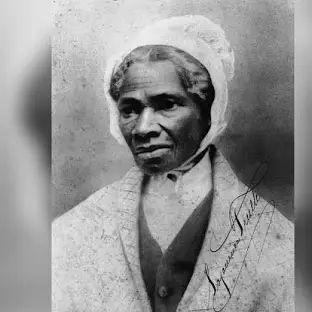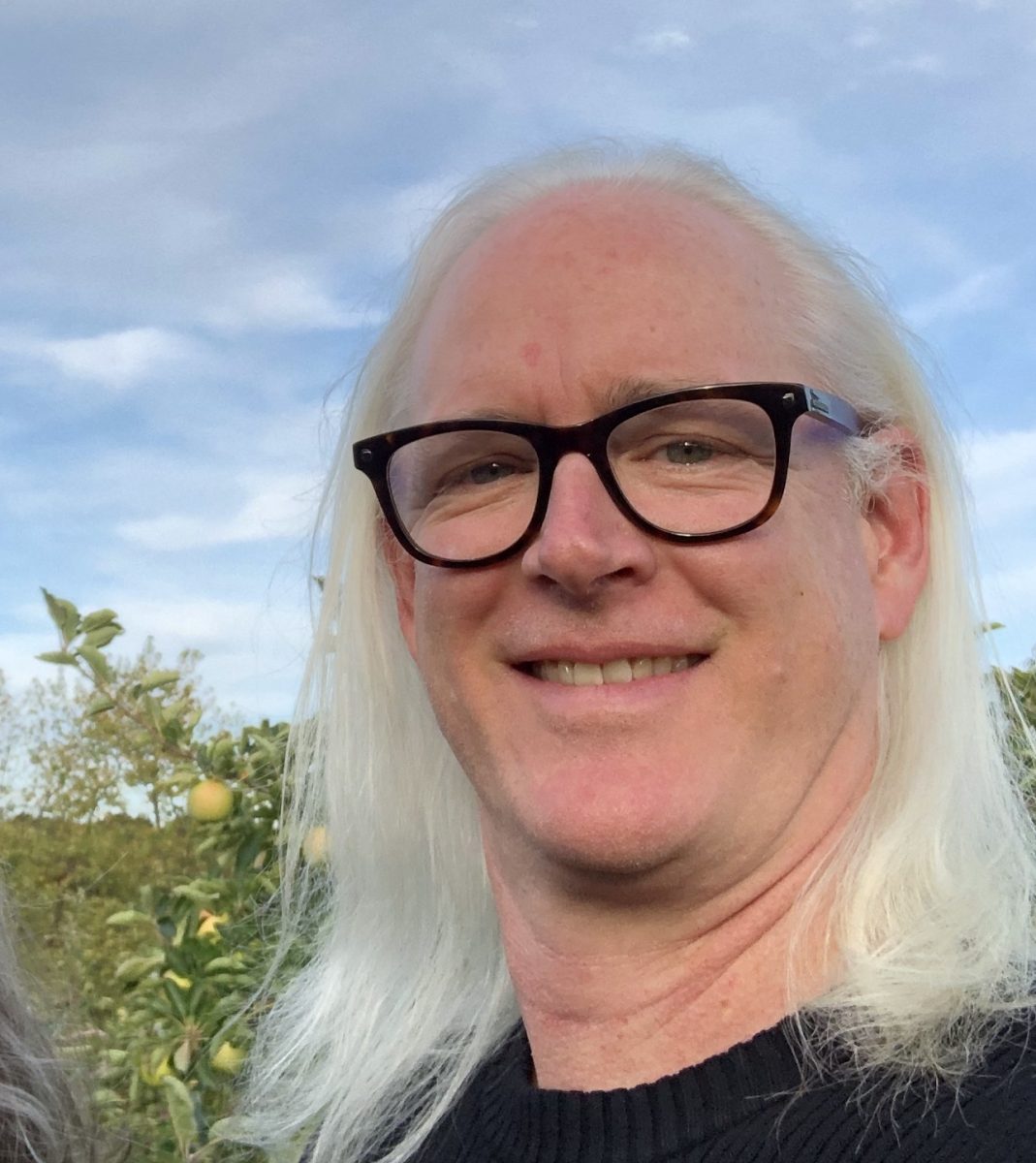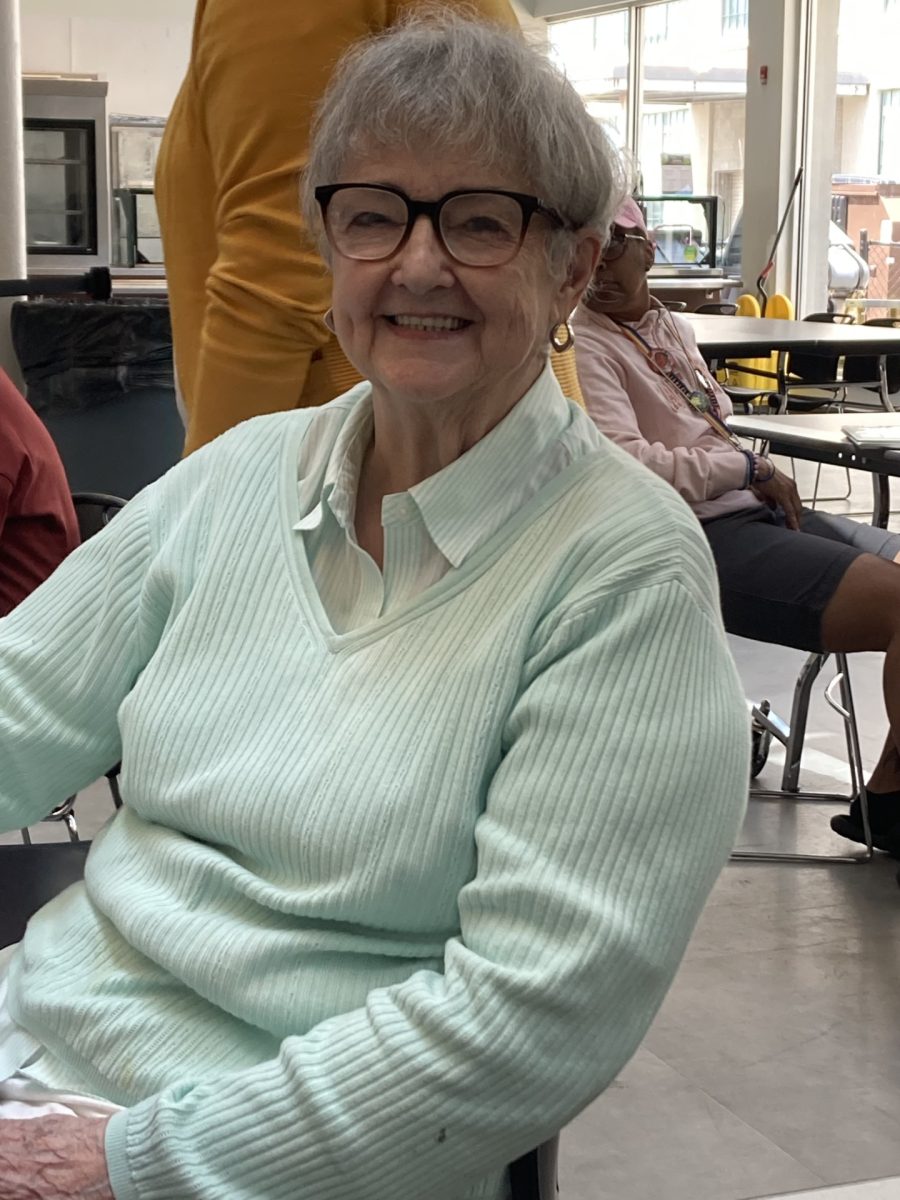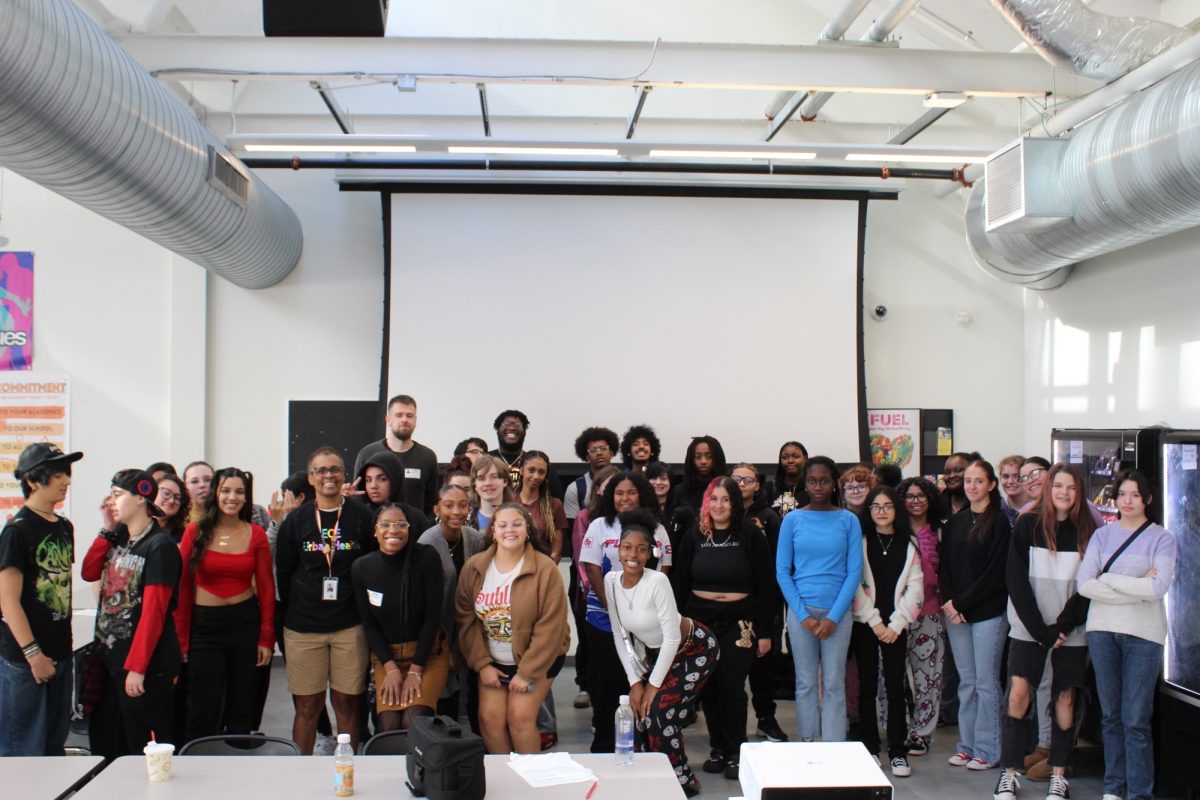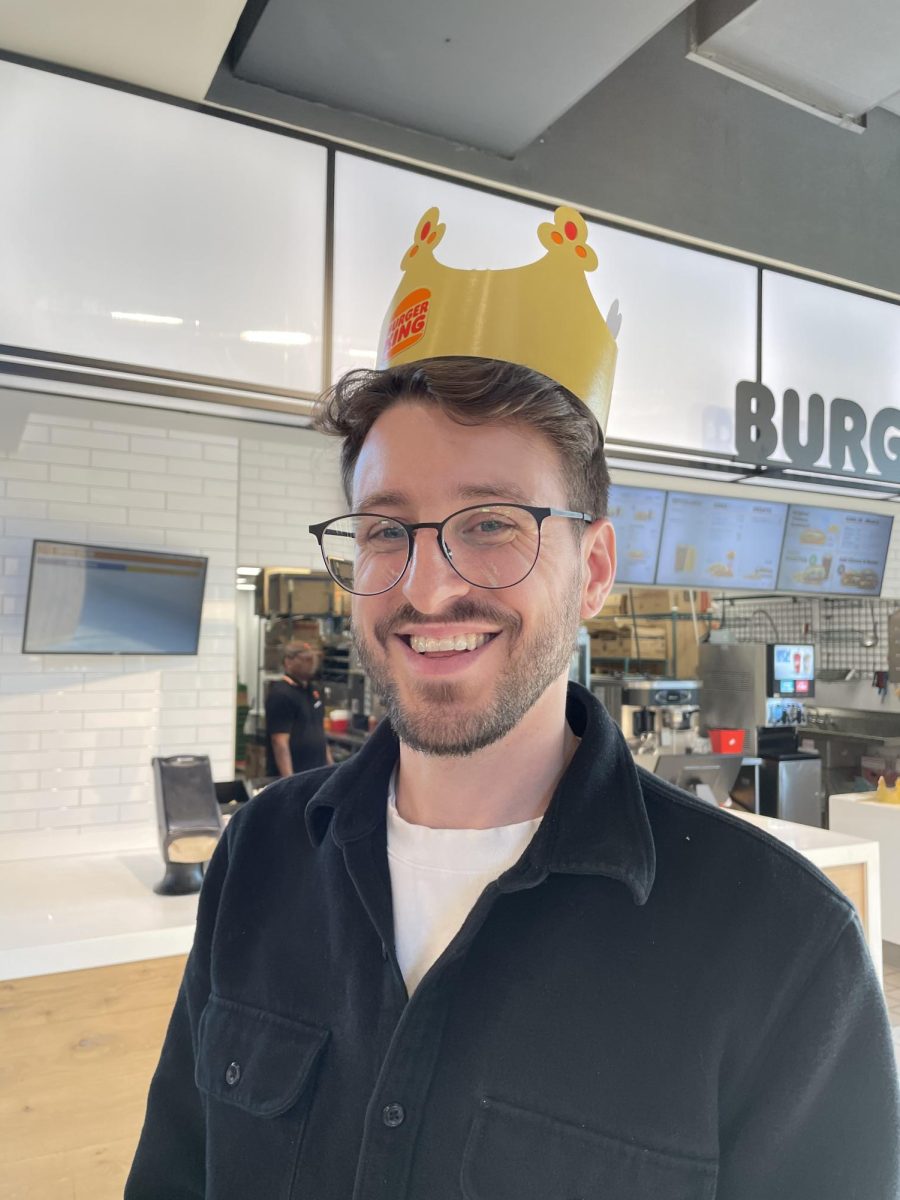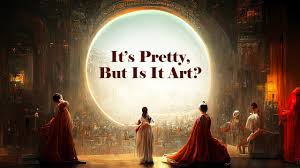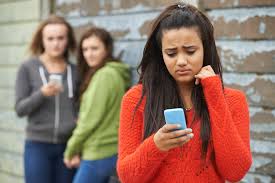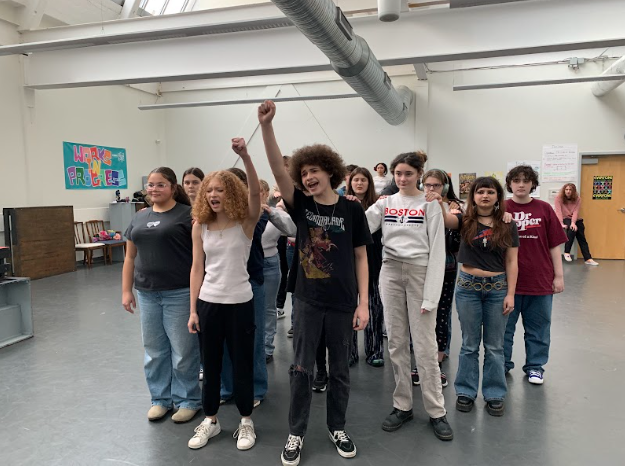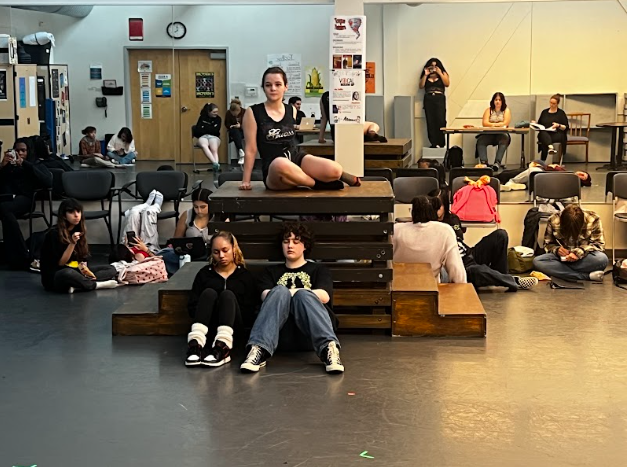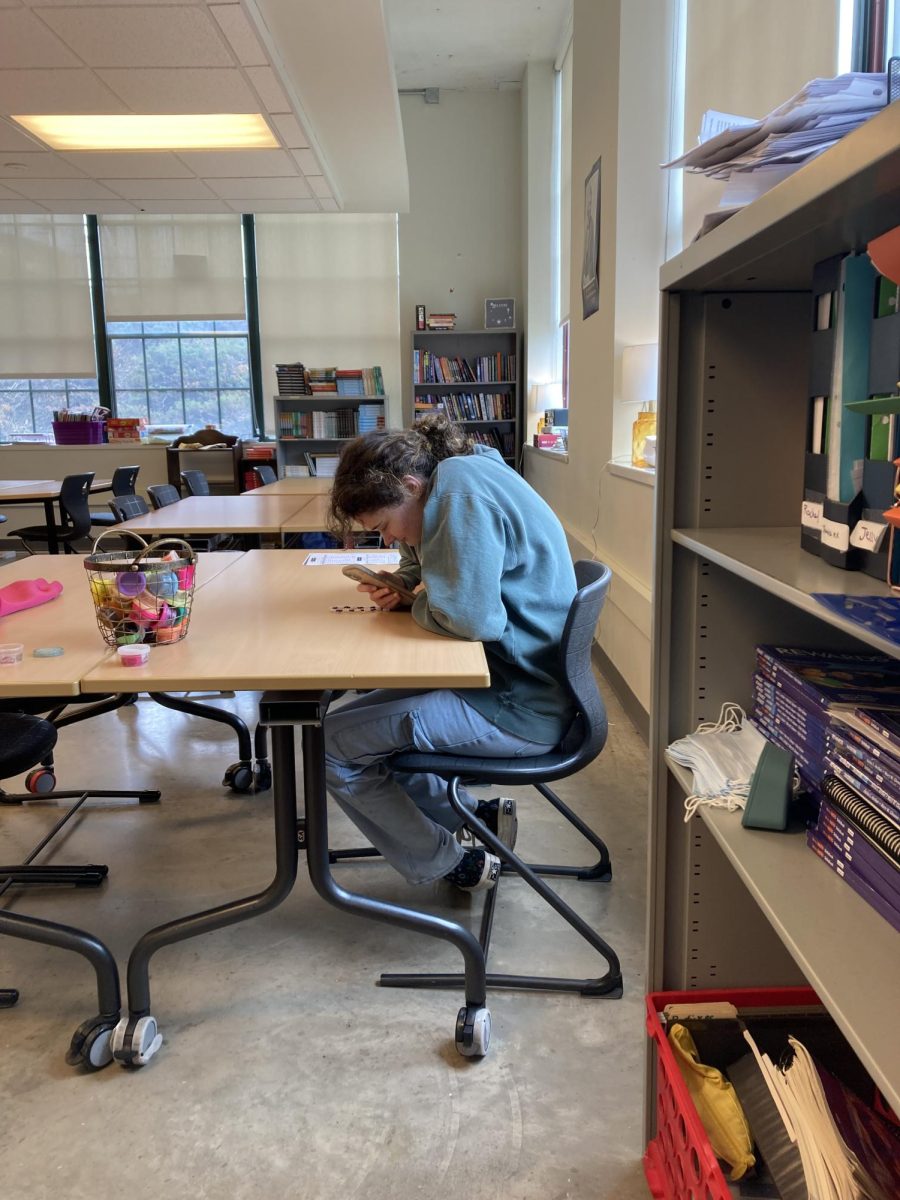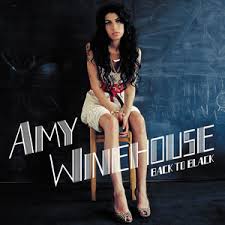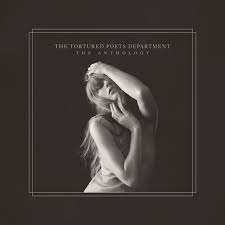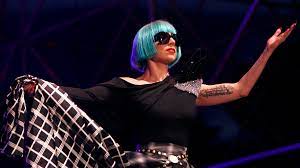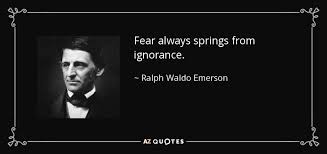In 2011, Lady Gaga delivered a speech fighting for LGBTQ rights at Europride Roma, a continental celebration of pride with an audience of almost a million queer people and allies. Lady Gaga, being the superstar sensation she is, spoke with a variety of playful, serious, and confident tones to entertain the audience while informing and inspiring them. As Europride is a fun and exciting occasion, she carefully crafted her speech to match that fun and exciting mood to keep the audience engaged in her true message. Lady Gaga’s claim in this speech is that the fight for gay rights is simply the defense of love. She creates a clear moral answer to a topic that’s been very controversial, especially in less recent years such as 2011. To maximize the effectiveness of her speech, she utilizes eunoia, allusions, and anaphora. As fans of musicians are usually drawn in by their lyricism, Lady Gaga uses these strategies to add a musical quality to her words that entices the audience.
One technique that strengthens the beginning of the speech is eunoia. Lady Gaga is a very famous pop star and has a lot of automatic ethos; however, she goes beyond her reputation to build a relationship with the audience. At the beginning of the speech, Lady Gaga describes herself as, “A young Italian-American woman, born of a full second generation Italian family, Stefania Joanna Angelina Germanotta” (1). Lady Gaga starts out her speech by telling the crowd her real name and referring to herself as an Italian-American woman. As Europride was held in Rome, many of the audience members were also Italian. She bonds with them by showing their common heritage, this shared background making her more trustworthy. While much of the audience related to her through their Italian roots, she also bonded with the crowd over their support of the LGBTQ community. To introduce her claim, she says, “We fight for freedom. We fight for justice. We beckon for compassion, understanding, and above all, we want full equality, now!” (Gaga 1). She clearly states the desires and values she shares with the audience. She groups them together when she says “we,” giving the audience a sense of familiarity to her. Through her use of eunoia at the beginning of the speech, she builds trust with the audience and prepares them to hear her message.
She also uses allusions to make her speech more engaging to the listeners. First, she references religion, using many words associated with Christianity to describe her own agenda. She says, “…shall we transform this Italian square into an electric chapel? Let’s exorcize our anger, and baptize our pain, and stand here strong” (Gaga 1-2). Orthodox religious groups are often very exclusionary of LGBTQ people. By using these words, she reclaims religious aspects and creates a truly powerful tone. She’s telling the audience that they’re strong enough to create a new community after they were excluded from another. Furthermore, when she encourages their strength, she’s also telling them that they’re strong enough to fight for gay rights; she brings it back to her claim. This allusion builds pathos, for these connotative words make the audience feel confident. Additionally, it builds ethos as it shows her relationship with Christianity in relation to her queer identity, something that many of the audience members would relate to. She also makes allusions to her own music. One line says, “We’ve all got the same DNA, we were just born this way” (Gaga 4). This line references her song “Born This Way,” which is well known as an LGBTQ anthem. This allusion excites the audience and rewards them for knowing Lady Gaga and her music. This detail uses pathos to keep the audience engaged with the speech. Referencing “Born This Way” as opposed to any of her other songs that are pro-LGBTQ was a strategic move that utilizes the song’s distinct message that everyone’s authentic identities are natural. As her claim argues that gay rights are no different than human rights, the song proclaims that everyone deserves to be their true selves. Lady Gaga’s use of allusion makes her speech very engaging and entertaining to the audience.
Another technique Lady Gaga uses in her speech is anaphora. She starts with talking about the effects the denial of gay rights has on real people, using examples including hate crimes and marriage restriction (Gaga 3). She says, “These are the stories that must be told to the world. These are the stories that will change the world. These are the stories that will speak out in the defense of love” (Gaga 3). This use of anaphora emphasizes how important each person’s stories are, making the audience feel powerful and acknowledged. By bringing back the words in her claim, “the defense of love,” she reminds the audience what her speech is all about, reiterating her call to action that she’s encouraged from the beginning of the speech. She does this again at the very end of the speech with the quote, “Let us give birth to a new and international ideology. Let us come together and synthesize our histories into today. Let us be revolutionaries of love and use our human powers, our very strong human powers, to save lives and encourage unity around the world” (Gaga 6). This anaphora builds a powerful tone, making her words “revolutionaries of love” stand out and leave an impact on the audience. The word “revolutionary” has a connotation of strength, power, and importance. Once again, it acts as a call to action, encouraging the audience to defend love and making them feel as though they can make a difference. Lady Gaga uses anaphora in her speech to build pathos by emphasizing her call to action and inspiring the audience.
Overall, Lady Gaga uses a variety of rhetorical techniques to make her speech effective. She uses eunoia to build a more intimate relationship with the audience over their shared heritage, allusion to draw the audience in, and anaphora to emphasize her most important points. Since the audience was already excited at this huge celebration, she built off that feeling to make her speech part of their thrilling experience. While some people might suggest that she add more logos, I think that her concentration on ethos and pathos was appropriate for the occasion. Instead of her speech being a lull in the celebration, it was a highlight.
